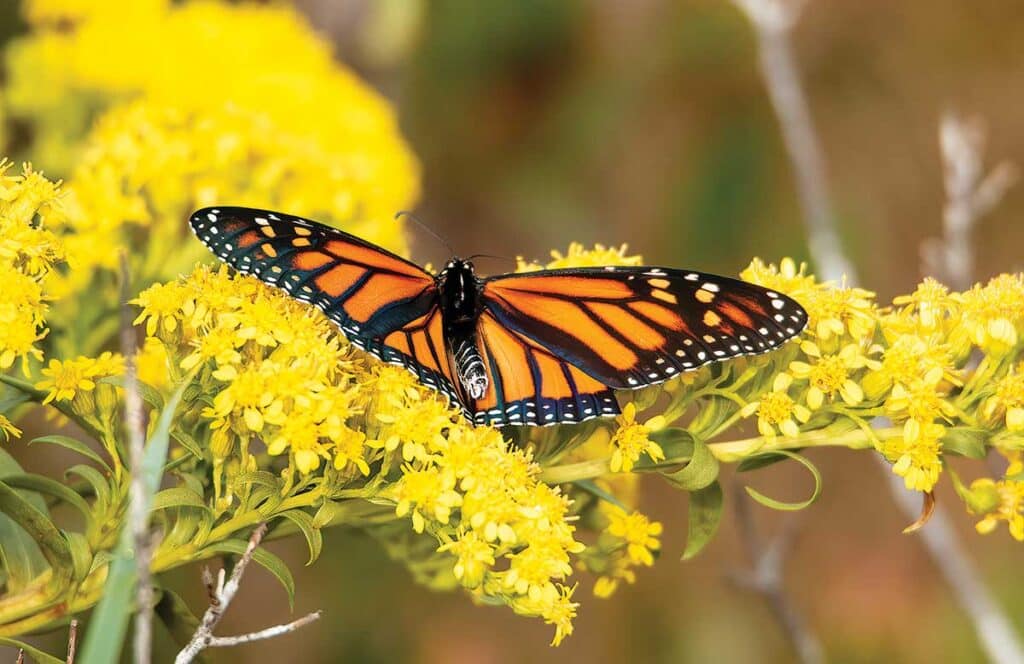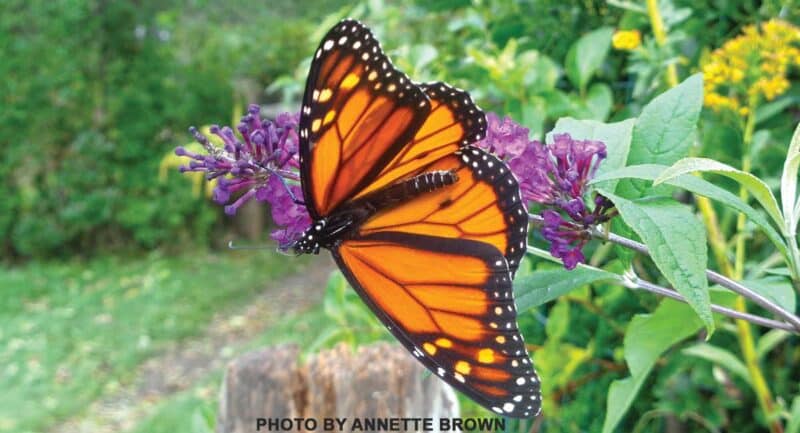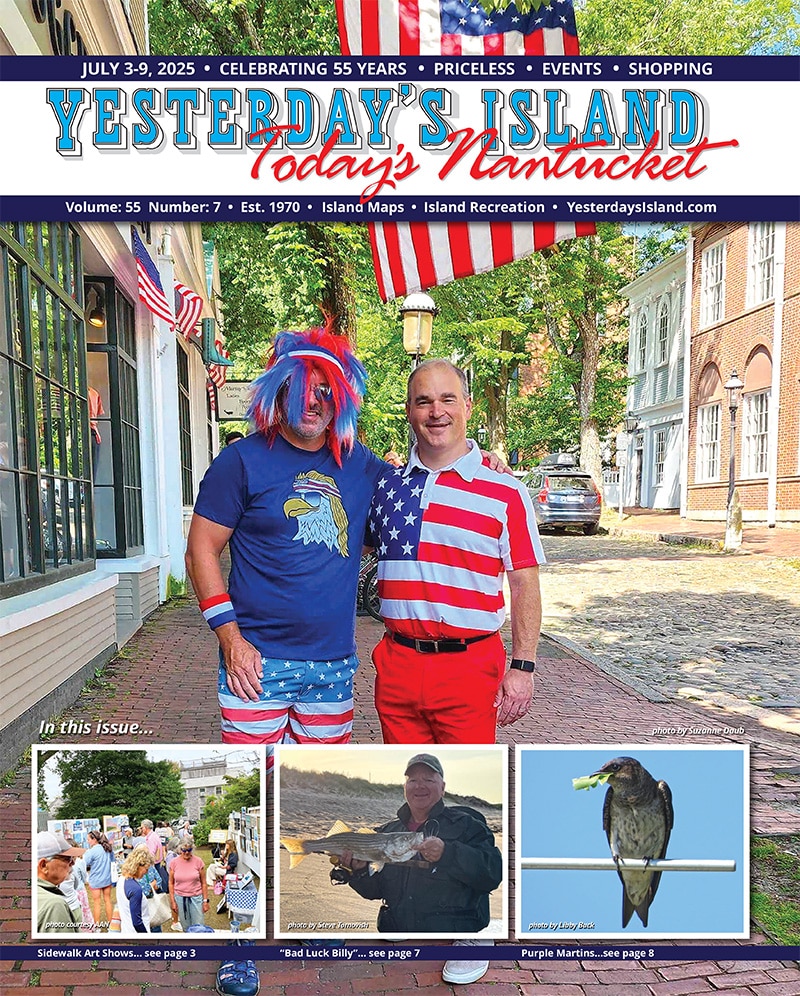by Dr. Sarah Treanor Bois
Director of Research & Education at the Linda Loring Nature Foundation
As the old proverb goes, “If you love something, set it free…” For nature and wild things, it should be edited to read “If you love something, let it be.” There can be a fine line between loving nature and over-loving nature. This is evident at some of the most popular National Parks like Yellowstone, Arches, or Joshua Tree. Some of these most famous natural areas are getting loved to death: overcrowding, trampling vegetation, garbage, etc.
Aside from physical places, the other thing that can be over-loved when it comes to nature is the nature itself. Conservation groups and environmental educators know that when people feel a connection to something, they are more likely to want to protect it and support it. With wildlife, sometimes that can go too far and people can cause more harm than good to our Nantucket wildlife.
Even with the best of intentions, it is always better to leave something in the wild and let nature take its course. Not only is it common sense to keep wild things wild, but there is mounting evidence that we can do more harm than good when we try to “help wildlife.” The two primary ways this harm happens is when people feed wild animals or when they take them out of their natural environment.
Feeding wildlife may seem like an enjoyable way to connect with nature, but it can often lead to serious problems. Although it might seem harmless and cute, fed wildlife can become dependent on unreliable food sources and suffer nutritionally when given inappropriate foods.
Habituated wild animals are also more susceptible to predators and vehicle collisions, as they lose their fear of people and the associated flight response. On Nantucket, one example can be seen at the bridge where people illegally feed snapping turtles.
In other cases, wild animals who have been fed regularly can develop foodseeking aggression and can become hostile towards people. When wild animals gather for food handouts, it can cause crowding and competition. These unnatural conditions increase the chances of fighting and injury among animals. It can also increase the spread of diseases.
Feeding ducks has long been a family activity. You may have noticed the signs at the duck pond known as Consue Springs or Goose Pond owned by the Nantucket Land Bank. Giving food, especially bread, to ducks, geese, and other waterfowl can create many problems for birds and the environment, and both Mass Audubon and the Massachusetts Division of Fisheries and Wildlife discourage it. Feeding attracts large concentrations of waterfowl to areas that can’t naturally support such numbers. Left on their own, ducks and geese will occupy areas that provide sufficient natural food.
Foods commonly fed to waterfowl, such as bread, crackers, and popcorn, are typically low in protein and essential nutrients and minerals. While a single feeding of these “junk foods” may not harm waterfowl, it can add up. If everyone gives “only a few” pieces of bread or crackers to ducks and geese, it quickly becomes the bulk of what wild waterfowl consume and results in a variety of nutritional disorders.
Similarly, feeding deer is harmful for numerous reasons. Feeding deer can lead to decreased nutrition for deer during winter. Deer are ruminants and have a multi-chambered stomach with a complicated digestive process. If the type of food the deer consume is suddenly changed through feeding by humans, it can take considerable time for the digestive process to adapt to the new food. The animal can receive little nutrition when it needs it most.
Feeding can negatively affect deer behavior, leading to increased social conflict among deer. It can also alter the migratory movements of deer to critical wintering areas.
In addition to not feeding wildlife, it’s also important to leave wild animals where they are. That goes for baby birds, deer, and rabbits in spring when people often find baby animals “alone.” It is not legal—individuals are not permitted to possess and/or raise any species of wild animal in captivity. Leave that to professional wildlife rehabbers.
That might seem pretty obvious, but there have been multiple reports and evidence of people collecting young turtles (usually hatchlings or yearlings). This is also illegal. Nantucket has three species of freshwater turtles. The spotted turtle is illegal to possess because it is a protected species. The other two—snapping turtles and eastern painted turtles—require a permit to possess live or dead individuals (including shells). At this time of year (August to September), baby turtles are hatching out of eggs buried months earlier. Please resist the urge to take home any of these critters. They may seem very vulnerable, but this is how they’ve evolved to persist over time. Nature knows best!
Wildlife are not pets. The care requirements in captivity can be astonishing. A turtle’s needs can be easily met in the wild — lots of food, water, sunlight, and space to meet their individual, social, and ecological needs. It is difficult, if not impossible, to meet these same requirements in a human’s home.
In line with turtles, August is also a popular month for caterpillars. In the interest of helping pollinator populations, some well-meaning people are collecting caterpillars to raise – especially monarchs. While well-intentioned, these captures could actually do more harm than good.

Research from the University of Chicago demonstrated that monarchs raised in captivity have a more difficult time migrating come fall. Even the monarchs sourced from wild populations have a hard time orienting south— the direction they need to go.
Previous research from the same group (published in 2019) showed that commercially- raised monarchs—the kind people order online—were worse at orienting south than their wild counterparts. These commercially available monarchs were genetically distinct. This research shows that any captivity can affect the butterfly’s ability to migrate.
Monarch caterpillars raised by humans also have been shown to have weaker flight muscles primarily due to lack of proper nutrition. A person who raises monarchs as a hobby isn’t driven by the same motivation the monarch has in order to survive. They eat constantly!
So, what does this mean on Nantucket? Please don’t take the monarchs out of the wild! Even if you’re careful. Even if your kids will love it. Even if you’re a teacher. We want them to succeed and breed so we can see them again next year. Monarchs know how to do monarchs the best.
What can you do to help Nantucket wildlife?
It’s wonderful to admire these creatures in their natural habitat. Get out into nature and observe, take pictures, and enjoy. Let’s help protect their habitat and ensure clean water and native vegetation.
For turtles, help them cross the road in the direction they are travelling, but don’t feed or tease them with raw chicken. For monarchs, let the milkweed plants and the caterpillars be and plant more!
In your own yard, think about planting a pollinator garden with native species. For other wildlife, enjoy them from afar. Help support one of your local conservation and wildlife organizations. The work they do protecting habitat helps ensure population success in the future.



